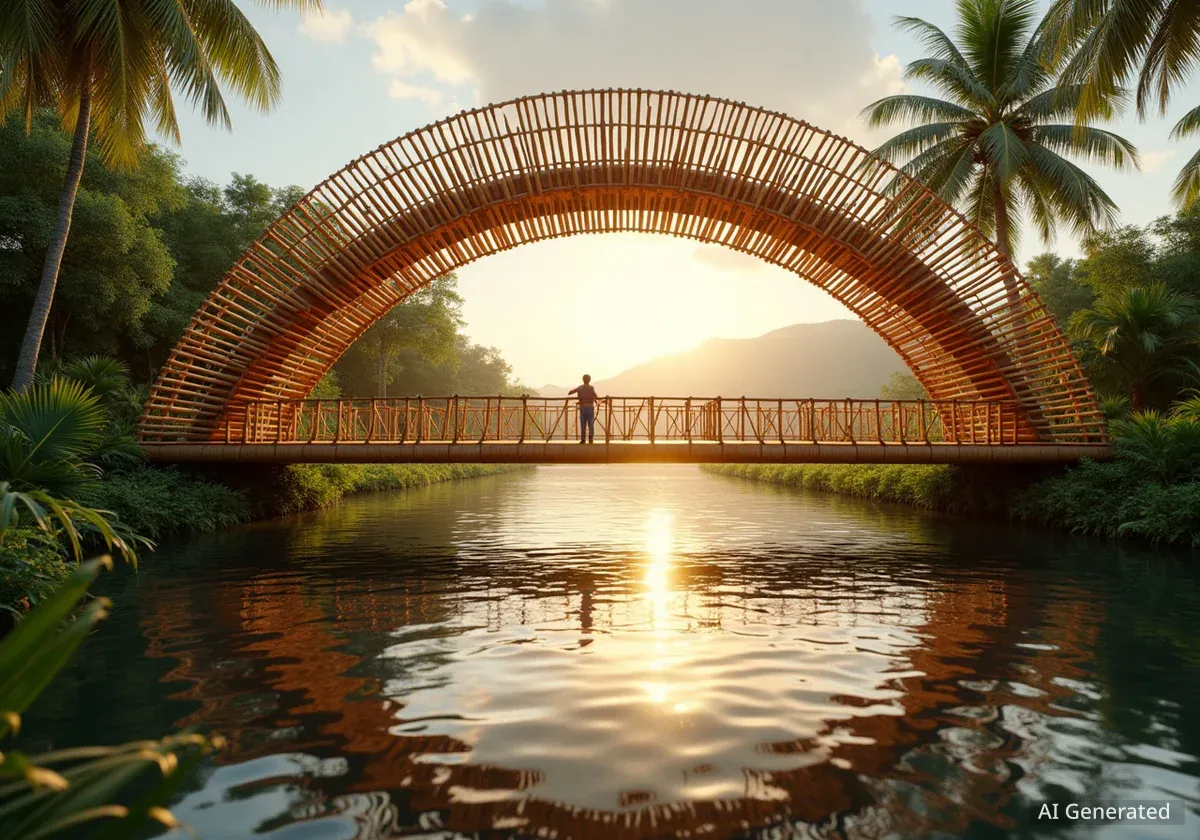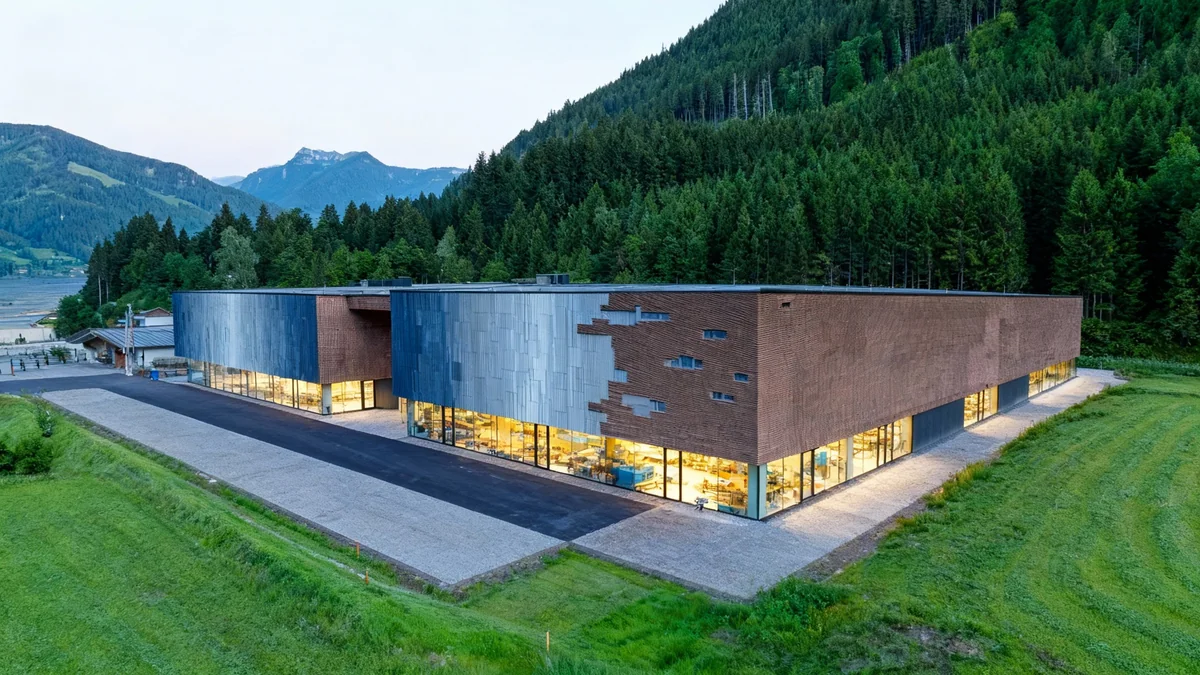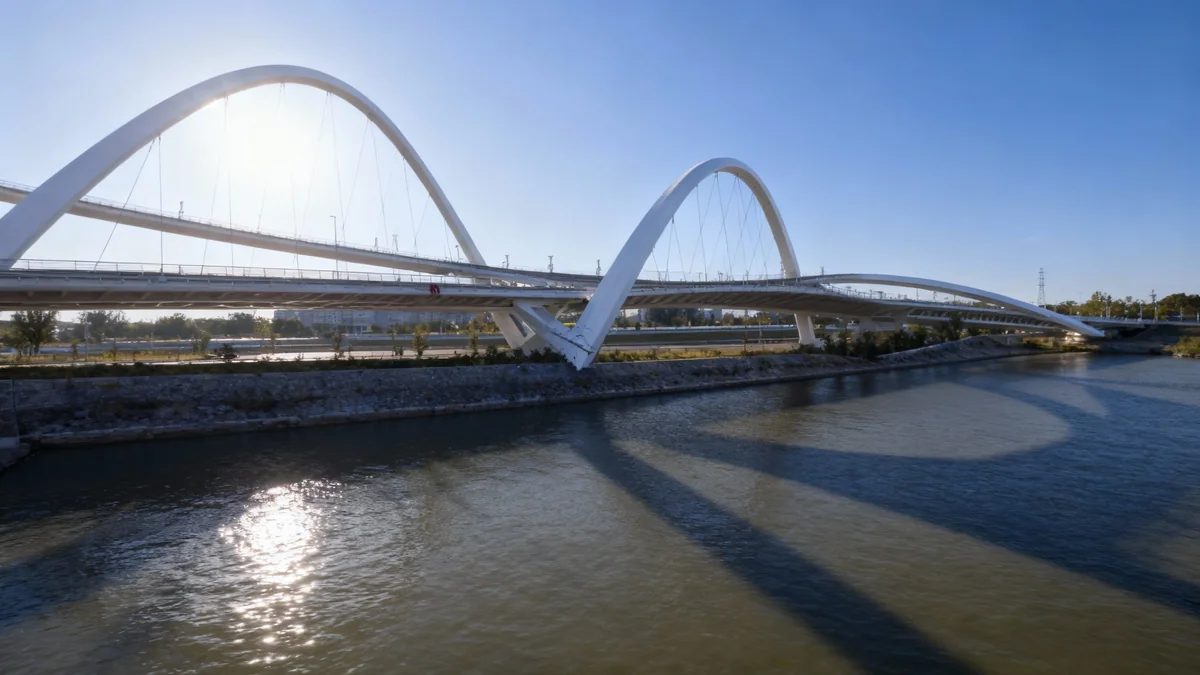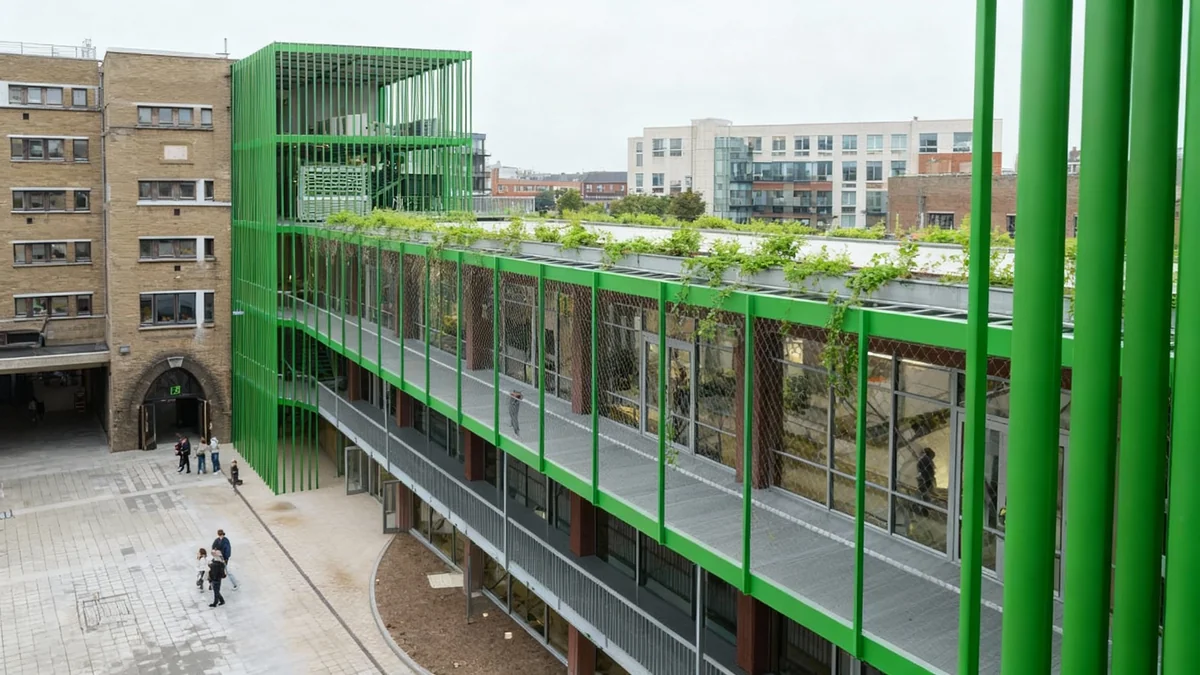Across Southeast Asia, architects are increasingly using traditional materials like wood and bamboo to construct modern bridges. These projects combine historical building techniques with advanced technology, creating structures that are both functional and deeply connected to their local landscapes. This approach highlights a growing trend towards sustainable design and regional development in architecture.
Key Takeaways
- New bridges in Asia blend traditional materials with modern technology.
- Wood and bamboo are key materials, emphasizing sustainability.
- Projects demonstrate innovative structural capabilities of natural materials.
- Designs often reflect local culture and environmental needs.
- These bridges serve as prototypes for future sustainable construction.
A New Era for Natural Materials in Bridge Design
Bridges have always served more than just a practical purpose. They stand as significant architectural statements. Today, this expressive potential is gaining new life in Southeast Asia. A rising number of architects are rethinking how traditional materials can be used. They are focusing on wood and bamboo. These materials help create unique structures that blend local craftsmanship with current needs. The result is landmarks that are both useful and deeply rooted in their surroundings.
This new generation of bridges shows the power of a hybrid craft. It is a mix of historical knowledge and modern technology. This approach is very clear in countries like China, Indonesia, and Japan. Here, traditional building methods using timber and bamboo have strong cultural ties. These structures often combine respect for old techniques with advanced digital analysis, modern fabrication methods, and new material science.
Interesting Fact
Some traditional bridge-building techniques, like reciprocal interlocking structures, can avoid the need for mechanical fasteners entirely, relying on precise tension and compression.
This focus on local resources is a significant trend in architecture and construction. It is driven by a wider global push for sustainability and regional development. The unique look of these projects, along with their traditional materials and construction, offers examples of how many future structures might appear.
Wind and Rain Bridge: An Interlocking Timber Marvel
The Wind and Rain Bridge, designed by Donn Holohan with The University of Hong Kong, brings an old construction technique back to life. This technique completely avoids mechanical fasteners. The bridge is a reciprocal interlocking structure. This is a complex system of 265 unique timber elements. These elements are held in balance by carefully set tension and compression.
A few remaining master carpenters guided the assembly process. Advanced digital modeling was used to map out the complex geometry. The bridge's shape and stability depend entirely on the specific form of each component. This project highlights how ancient wisdom can be enhanced with modern tools.
"The assembly process relied on advanced digital modeling to map out the intricate geometry, where the form and stability depend entirely on the specific shape of each component."
Background Information
Reciprocal frame structures, also known as mandala roofs, are ancient structural systems where each element is supported by two others, forming a closed loop. This creates a strong, self-supporting network.
The Millennium Bridge: Showcasing Bamboo's Strength
The Millennium Bridge by IBUKU is one of Asia's longest bamboo bridges. This project clearly demonstrates bamboo's structural capabilities. Its significant length of 23 meters shows that bamboo can be used for large, load-bearing structures. The bridge's form is also shaped by its cultural context.
The striking roof is inspired by Minangkabau architecture. This design connects the natural flexibility of bamboo to a traditional aesthetic. The bridge serves as a key path for the Green School campus. It also acts as a constructed prototype. It provides an example for the future of bamboo architecture, showing its viability as a sustainable and durable building material.
- Length: 23 meters
- Material: Bamboo
- Architectural Inspiration: Minangkabau
- Function: Campus circulation, sustainable prototype
Timber Bridge in Gulou Waterfront: Revitalizing Rural Areas
The Timber Bridge in Gulou Waterfront, by LUO studio, is part of a rural revitalization effort in Gulou, China. This bridge reconnects separated communities. It also celebrates local building traditions. The arched structure provides necessary clearance for boat traffic. Its covered corridor has a practical purpose: protecting the wood from the area's heavy rainfall.
This design detail references ancient Chinese covered bridges. It helps increase the material's durability. The project's construction is a prime example of modern hybrid craftsmanship. Large timber components are made in factories. Then, they are assembled on-site using traditional, hands-on labor. This blend of old and new methods ensures both efficiency and respect for heritage.
According to project details, the covered design can extend the lifespan of timber structures in humid climates by up to 50%.
Bambow Bridge: Material Properties Dictate Form
For the Bambow Bridge by Atelier Lai, the architectural form comes directly from the material's properties. The unique bendable toughness of bamboo allowed for a cantilevered structure. This bridge spans a river while carefully avoiding the root systems of nearby trees. The architect used fire-roasting technology to mold the bamboo into curved forms. These curves follow the main stress lines, achieving a level of structural efficiency that is hard to match with industrial materials.
The hybrid nature of the design is also clear at the joints. Traditional bamboo nodes are strengthened with modern steel plates and concrete grout. This ensures long-term integrity. The project showcases how natural material characteristics can drive innovative structural solutions.
Key Design Aspects of Bambow Bridge:
- Cantilevered structure to protect tree roots.
- Bamboo molded using fire-roasting technology.
- Forms follow principal stress lines for efficiency.
- Joints reinforced with steel plates and concrete.
TAC.T BRIDGE: Engineering Small-Diameter Timber
The TAC.T BRIDGE, by TAISEI DESIGN Planners Architects & Engineers, addresses the challenge of using commercially available, small-diameter timber for long spans. This 26-meter bridge uses a hybrid structural system. It combines standard 120x120 mm timber with prestressed frames and new bolt connections. This overcomes the usual limits of the material.
To ensure it lasts in an exposed environment, the timber was treated with a special protective coating. This coating improves its durability and resistance to weather. The result is an engineered solution that expands the possibilities for using sustainable timber in demanding infrastructure projects. This project demonstrates how thoughtful engineering can unlock the full potential of natural, renewable resources.
Material Innovation
The use of a proprietary protective coating on the timber significantly enhances its weather resistance, making it suitable for long-term outdoor infrastructure.
These five projects highlight a significant shift in architectural thinking. They show that traditional materials, when combined with modern techniques, can lead to sustainable, beautiful, and highly functional infrastructure. These bridges are not just crossings; they are testaments to a future where construction respects both heritage and the environment.




